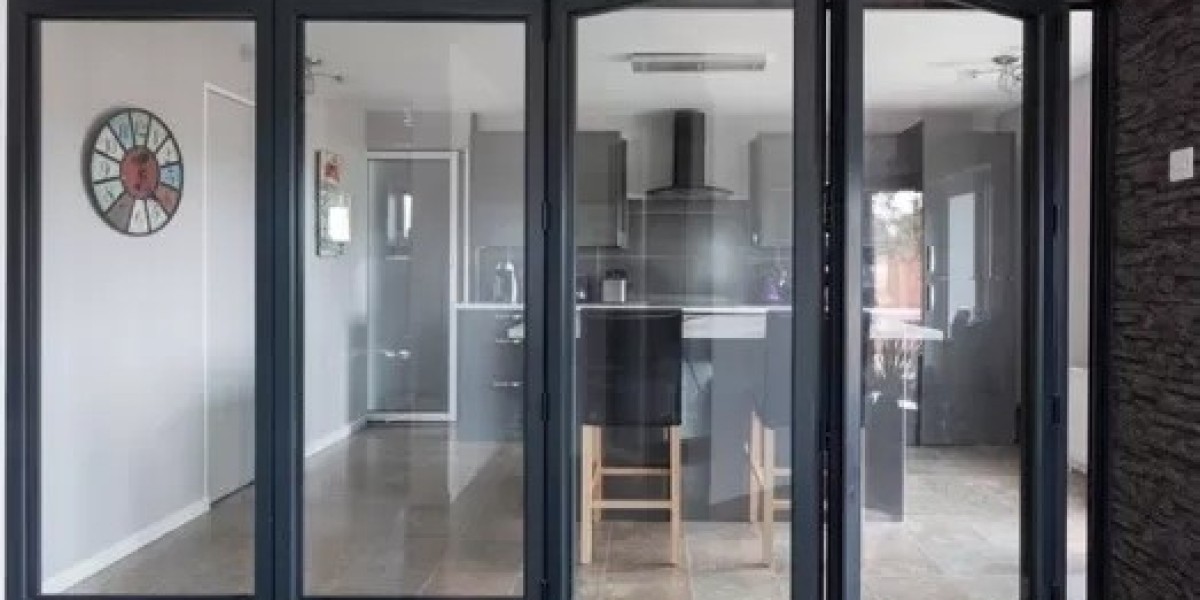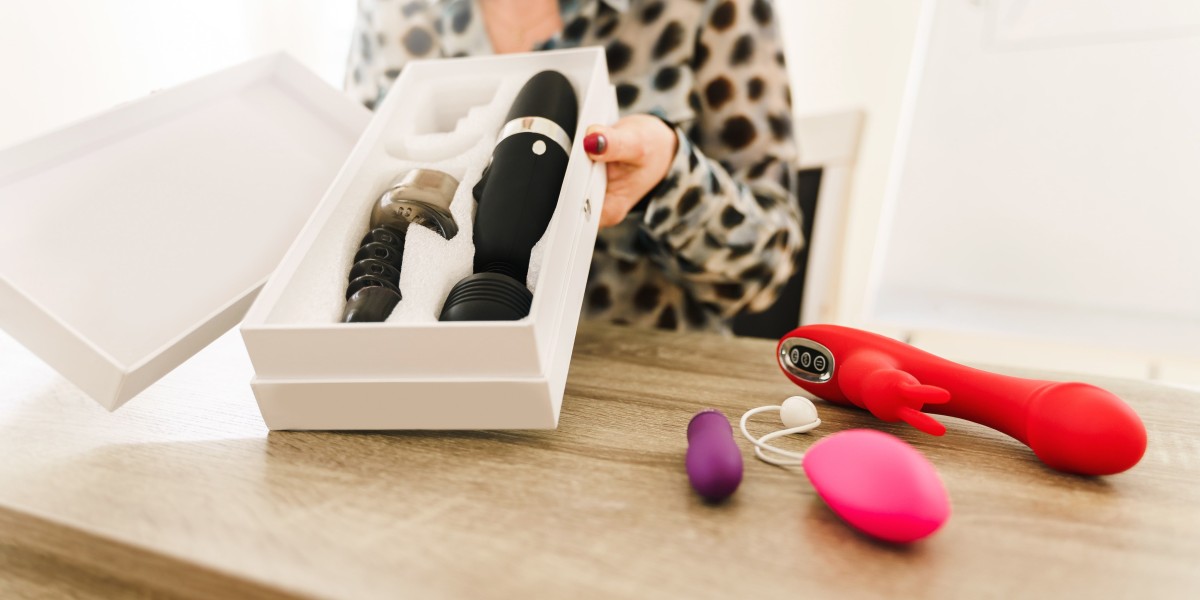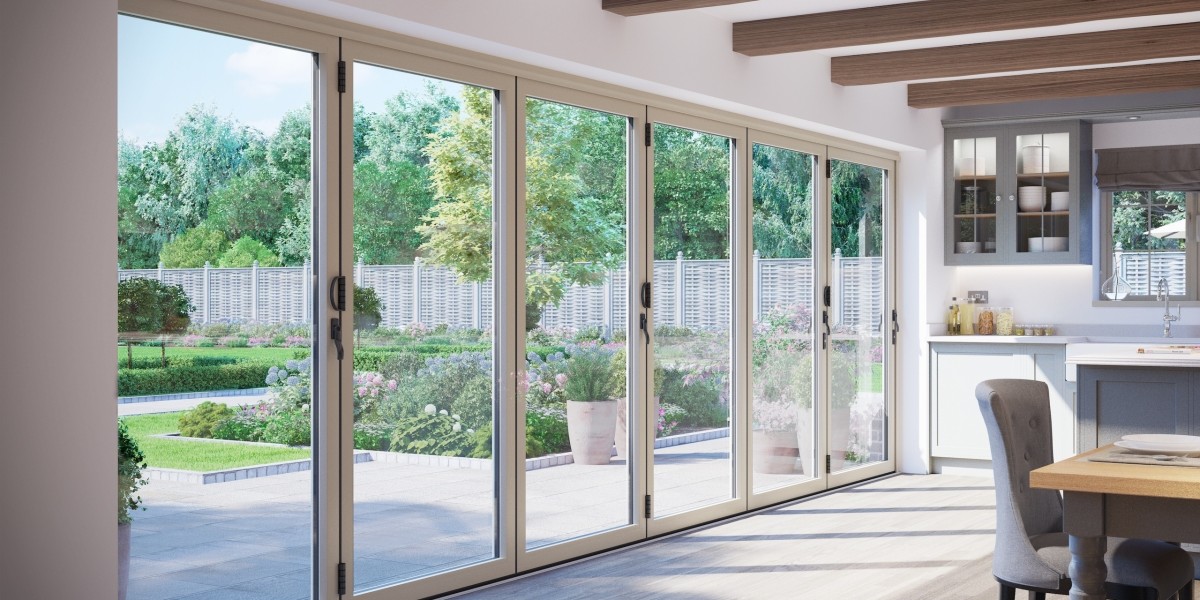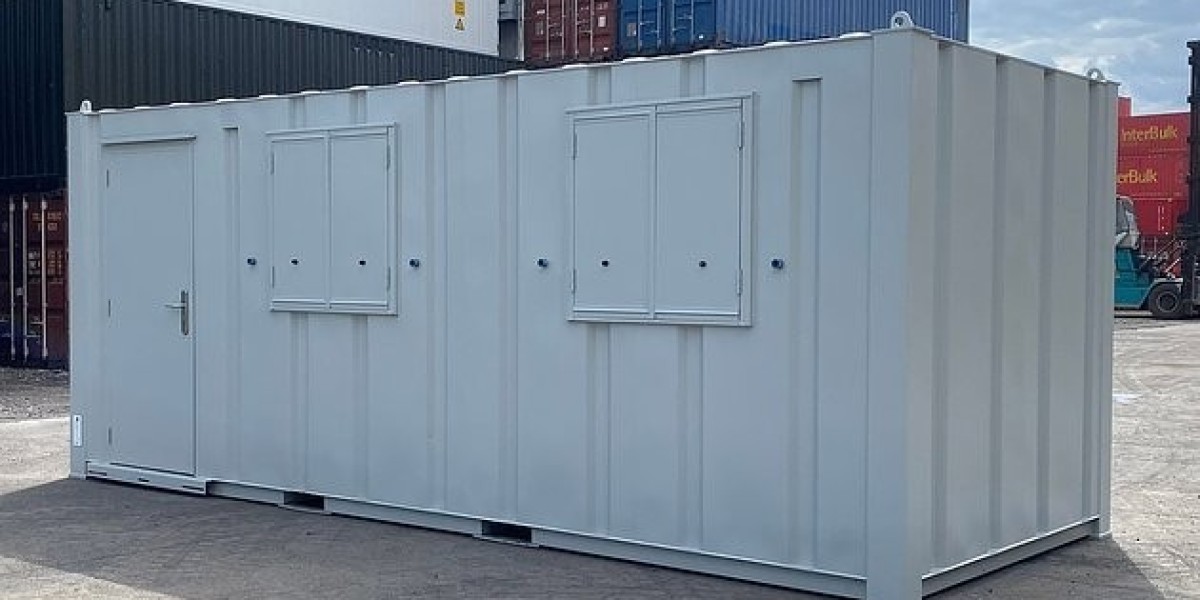
Unfolding Solutions: A Guide to Bifold Door Repairs
bifold door repair services doors, with their concertina-like style, provide a fantastic blend of space-saving functionality and visual appeal. Whether enhancing a closet, dividing rooms, or opening up patio areas to the outdoors, these doors bring a distinct touch to any space. Their capability to neatly fold away, maximizing gain access to and light, makes them a popular option in modern homes and commercial settings alike. However, like any moving element within a building, Bifold door handle repair doors are susceptible to wear and tear gradually. From small hassles like sticking or squeaking to more substantial problems like drooping or harmed panels, problems can develop that interrupt their smooth operation and diminish their intended function.
Comprehending common bifold door problems and knowing how to resolve them is crucial for preserving their performance and longevity. This post intends to be your thorough guide to bifold door repairs. We'll explore the common offenders behind bifold door malfunctions, explore DIY repair possibilities, and go over when it's best to employ the professionals. By equipping yourself with this understanding, you can guarantee your bifold doors continue to run flawlessly and boost your living or workplace for several years to come.
Common Bifold Door Problems: Identifying the Issues
Before you can embark on any repairs, it's important to properly diagnose the problem affecting your bifold doors. Recognizing the signs and comprehending their potential causes will enhance the repair process and avoid unnecessary work. Here are some of the most often come across problems with bifold doors:
Difficulty Opening or Closing: This is perhaps the most typical problem. The door may feel stiff, withstand motion, or get stuck at specific points along its track. This can frequently come from a number of elements, consisting of:
- Dirty or Obstructed Tracks: Dust, particles, and even small things can build up in the tracks, preventing the smooth move of the rollers.
- Dry or Damaged Rollers: Rollers are important for the effortless motion of bifold doors. Absence of lubrication, wear and tear, or damage can cause them to stick or grind.
- Misalignment: If the door panels or track are misaligned, the doors may bind and struggle to open or close properly.
- Blockages within the Doorway: Sometimes, the problem isn't with the door itself however with something blocking its path, like a rug that has shifted or items put too close to the opening.
Sagging Doors: Over time, bifold doors can start to sag, making them challenging to operate and possibly causing them to scrape along the flooring or frame. This sagging is frequently attributable to:
- Loose Hinges: Hinges are important for supporting the weight of the door panels. Loose hinges can result in drooping and misalignment.
- Inadequate Support: If the door frame or track isn't offering adequate assistance, the weight of the doors can trigger them to sag.
- Door Weight: In some cases, the doors themselves may be too heavy for the hardware, especially if they are strong core or made from heavier materials.
Harmed Panels: Bifold door panels, especially those made from thinner products like hollow-core wood or MDF, can be vulnerable to damage:
- Cracks and Dents: Impacts or unintentional force can lead to cracks or dents in the panels.
- Water Damage: In locations vulnerable to wetness, or in restrooms, panels can warp or swell due to water ingress.
- Surface Damage: Scratches, chips, or peeling veneer can interfere with the door's look.
Hardware Issues: The different hardware components of bifold doors are necessary for their function. Issues with these can result in operational troubles:
- Loose or Broken Hinges: As mentioned, loose hinges contribute to sagging, and damaged hinges can render the door unusable.
- Faulty Handles or Latches: Broken handles or locks can make it tough to open, close, or protect the doors.
- Harmed Pivot Points: The pivot points where the doors fold are important for smooth motion. Damage or use here can trigger tightness and sticking.
Track Problems: The track is the foundation upon which the bifold doors run. Issues here will straight affect door function:
- Bent or Damaged Track: Accidental impacts or settling of the building can flex or harm the track, impeding roller movement.
- Misaligned Track: If the track is not properly set up or has actually moved, the doors will not run smoothly.
Spaces and Draughts: Bifold doors are created to close reasonably comfortably. Spaces or draughts show a problem:
- Misalignment: Misaligned panels might not meet correctly, developing gaps.
- Worn Weather Stripping: Weather removing around the door boundary helps seal spaces. If damaged or worn, it will fail to provide a proper seal, causing draughts and possibly increased noise.
Sound Issues: Bifold doors need to operate fairly silently. Squeaking, grinding, or rattling sounds show friction or loose elements:
- Dry Rollers or Hinges: Lack of lubrication in rollers or hinges typically results in squeaking or grinding sounds.
- Loose Hardware: Loose screws or other hardware can trigger rattling sounds when the doors are moved.
DIY vs. Professional Repair: Choosing the Right Approach
Once you've detected the problem, the next step is to choose whether you can take on the repair bifold closet doors yourself or if it's best to employ an expert. The decision often depends on a number of aspects:
DIY Repairs - Pros and Cons:
Pros:
- Cost-Effective: DIY repairs can save you money on labor costs, frequently needing just the expense of replacement parts or fundamental tools you might already own.
- Convenience: You can frequently attend to minor repairs at your own rate and schedule, without waiting on a professional appointment.
- Learning Experience: DIY repairs can be a valuable knowing experience and provide you a higher understanding of how your bifold doors work.
Cons:
- Time Commitment: DIY repairs can be time-consuming, specifically if you are not familiar with the process.
- Possible for Mistakes: Incorrect repairs can intensify the problem and even damage the doors even more, possibly causing more pricey expert intervention later.
- Tool Requirements: Certain repairs may require customized tools that you might not have.
- Safety Concerns: Repairs including ladders, heavy doors, or power tools can posture safety threats if not handled correctly.
Expert Repairs - Pros and Cons:
Pros:
- Expertise and Experience: Professionals have the understanding and experience to accurately diagnose and effectively repair a wide variety of bifold door issues.
- Performance: Professionals can typically complete repairs quickly and successfully, minimizing interruption.
- Assurances and Warranties: Reputable experts frequently provide guarantees or warranties on their work, offering assurance.
- Specialized Tools and Parts: Professionals have actually access to specialized tools and a wider variety of replacement parts if needed.
Cons:
- Higher Cost: Professional repairs will undoubtedly be more costly due to labor expenses and prospective call-out fees.
- Setting up Inconvenience: You may need to schedule an appointment and wait on a professional to appear.
When to DIY vs. When to Call a Pro:
DIY Suitable For:
- Simple jobs like cleaning up tracks and rollers.
- Lubing hinges and rollers.
- Tightening loose screws.
- Changing quickly accessible and basic hardware parts (rollers, handles).
- Small cosmetic repairs like retouching paint or filling little dents.
Specialist Recommended For:
- Complex problems like door or track misalignment that need exact changes.
- Drooping door problems that may include structural assistance or hinge replacements.
- Replacement of entire panels or doors, particularly if they are bespoke or need accurate fitting.
- Repairs involving damage to the frame or structural elements.
- Any repair that feels beyond your skill level or comfort zone, especially those including safety issues.
Step-by-Step Repair Guides for Common Issues
While some repairs require professional expertise, lots of common bifold Door upgrade door issues can be addressed with a little DIY knowledge. Here are detailed guides for tackling some of the most regular issues:
1. Dealing With Sticking or Difficult Opening/Closing:
* ** Step 1: Inspect and Clean the Tracks. **.* Use a vacuum cleaner with a crevice tool or a brush to completely clean the leading and bottom tracks of any dust, debris, or blockages.* ** Step 2: Lubricate Rollers and Tracks. **.* Apply a silicone-based lube to the rollers and along the tracks. Prevent oil-based lubricants, as they can draw in dust.* Operate the doors several times to disperse the lube equally.* ** Step 3: Inspect Rollers for Damage. **.* Visually examine each roller for fractures, chips, or excessive wear.* If rollers are harmed, they will need to be replaced (see hardware replacement area below).* ** Step 4: Check for Obstructions. **.* Ensure absolutely nothing is physically blocking the door's course, inside or outside the doorway.2. Changing Worn or Damaged Rollers:
* ** Step 1: Identify Roller Type and Size. **.* Carefully eliminate a sample roller to determine the type (e.g., top-hung, bottom-roller) and its measurements.* ** Step 2: Purchase Replacement Rollers. **.* Visit a hardware store or online provider to buy coordinating replacement rollers.* ** Step 3: Remove Old Rollers. **.* Depending on the style, you might require to loosen or unclip the old rollers. Describe your door's installation instructions if readily available.* ** Step 4: Install New Rollers. **.* Carefully insert and secure the brand-new rollers in location, ensuring they are correctly aligned and move freely.* ** Step 5: Test Door Operation. **.* Gently operate the doors to check if the brand-new rollers have actually dealt with the sticking concern. Oil as required.3. Tightening Up Loose Hinges:
* ** Step 1: Identify Loose Hinges. **.* Visually examine all hinges connecting the door panels for looseness or motion.* ** Step 2: Tighten Screws. **.* Use a screwdriver of the right size to carefully tighten any loose screws on the hinges.* Avoid over-tightening, which can remove the screw holes.* ** Step 3: Consider Longer Screws (if needed). **.* If screws continually loosen up, it might be required to replace them with somewhat longer screws to get a better grip in the door frame or panel.* ** Step 4: Test Door Operation. **.* Check if tightening up the hinges has actually enhanced door alignment and decreased sagging.Preventive Maintenance: Keeping Your Bifold Doors in Top Shape
Regular maintenance is essential to avoiding many bifold door fixes door issues and extending their lifespan. Including these easy maintenance practices can save you money and time in the long run:
- Regular Cleaning: Clean the tracks and door panels frequently (a minimum of month-to-month, or more frequently in dusty environments) to avoid debris accumulation.
- Lubrication: Lubricate rollers and hinges with silicone lube every couple of months to guarantee smooth and peaceful operation.
- Hardware Checks: Periodically check all screws and hardware components for tightness and tighten up as needed.
- Visual Inspections: Regularly inspect doors for signs of damage, wear, or misalignment. Address small problems quickly before they intensify.
- Mild Operation: Avoid slamming or forcing the doors, as this can damage hardware and lead to misalignment.
Cost Considerations for Bifold Door Repair
The cost of bifold door repair guide door repair can differ widely depending on the nature of the issue, whether you DIY or employ an expert, and the expense of parts.
Do It Yourself Repair Costs:
- Primarily product costs, consisting of:
- Replacement rollers, hinges, deals with: Prices range from a couple of dollars for specific elements to sets costing ₤ 20- ₤ 50 or more.
- Lube, cleaning up supplies: Relatively low-cost.
- Tools (if you require to buy any): Basic screwdrivers are inexpensive; specialized tools may include to the expense.
Professional Repair Costs:
- Include labor costs in addition to parts.
- Hourly rates for handymen or door repair experts can vary from ₤ 50 to ₤ 100 or more, depending upon location and intricacy.
- Call-out charges might apply.
- More intricate repairs (e.g., panel replacement, significant realignment) will naturally be more expensive.
Factors Influencing Repair Costs:
- Complexity of the Problem: Simple repairs like cleansing and lubrication will be the least pricey. Major repairs or replacements will be more expensive.
- Do it yourself vs. Professional: DIY is nearly always more affordable for basic repairs.
- Parts and Materials: The expense of replacement parts will vary depending on the type and quality.
- Place: Labor expenses can vary based upon your geographical place.
- Emergency situation Repairs: Emergency or after-hours repairs may sustain added fees.
Bifold doors are an important possession to any residential or commercial property, offering performance and design. By comprehending common problems, understanding when to DIY and when to seek professional help, and practicing regular upkeep, you can keep your bifold doors operating efficiently and looking their best for many years to come. Addressing minor problems immediately is always much better than ignoring them till they become major, more pricey headaches. Take the time to comprehend your bifold doors, and they will continue to unfold convenience and beauty in your space.
Frequently Asked Questions: Bifold Door Repair
Q: How do I know if I can DIY a bifold door repair or if I need to call an expert?
A: Start by assessing the problem. If it's a basic concern like sticking doors that might be resolved with cleansing and lubrication, or replacing a noticeable and quickly available roller or handle, DIY may be appropriate. If the problem is structural, involves misalignment, panel replacement, or anything that feels beyond your skill level, it's definitely best to call an expert. Consider your comfort level with DIY jobs and prioritize security.
Q: How much does bifold door repair usually cost?
A: DIY repairs can cost just a couple of dollars for lube or replacement rollers. Expert repairs can range from ₤ 50 to numerous hundred dollars depending upon the intricacy of the concern, labor rates, and parts needed. Get quotes from numerous professionals for bigger repairs to compare expenses.
Q: What tools are generally needed for basic bifold door repairs?
A: For many fundamental repairs, you'll need:
- Screwdrivers (Phillips and flathead in different sizes)
- Vacuum cleaner with crevice tool
- Brush or toothbrush (for cleaning up tracks)
- Silicone-based lubricant
- Potentially pliers or wrenches, depending upon hardware.
- Shatterproof glass and gloves are always suggested.
Q: How often should I oil my bifold doors?
A: It's usually advised to oil rollers and hinges every 3-6 months, or more regularly if you discover any squeaking, sticking, or tightness in operation.

Q: Can I replace a bifold door panel myself?
A: Replacing a single bifold door panel can be complex, specifically if it needs precise matching of size, style, and hardware. It might be DIY-able if you are comfortable with woodworking and have the necessary tools and abilities. However, it's frequently suggested to seek professional help for panel replacements, particularly if the doors are custom-made or require accurate fitting within the track system. Experts can likewise ensure proper positioning and prevent further issues after panel replacement.






